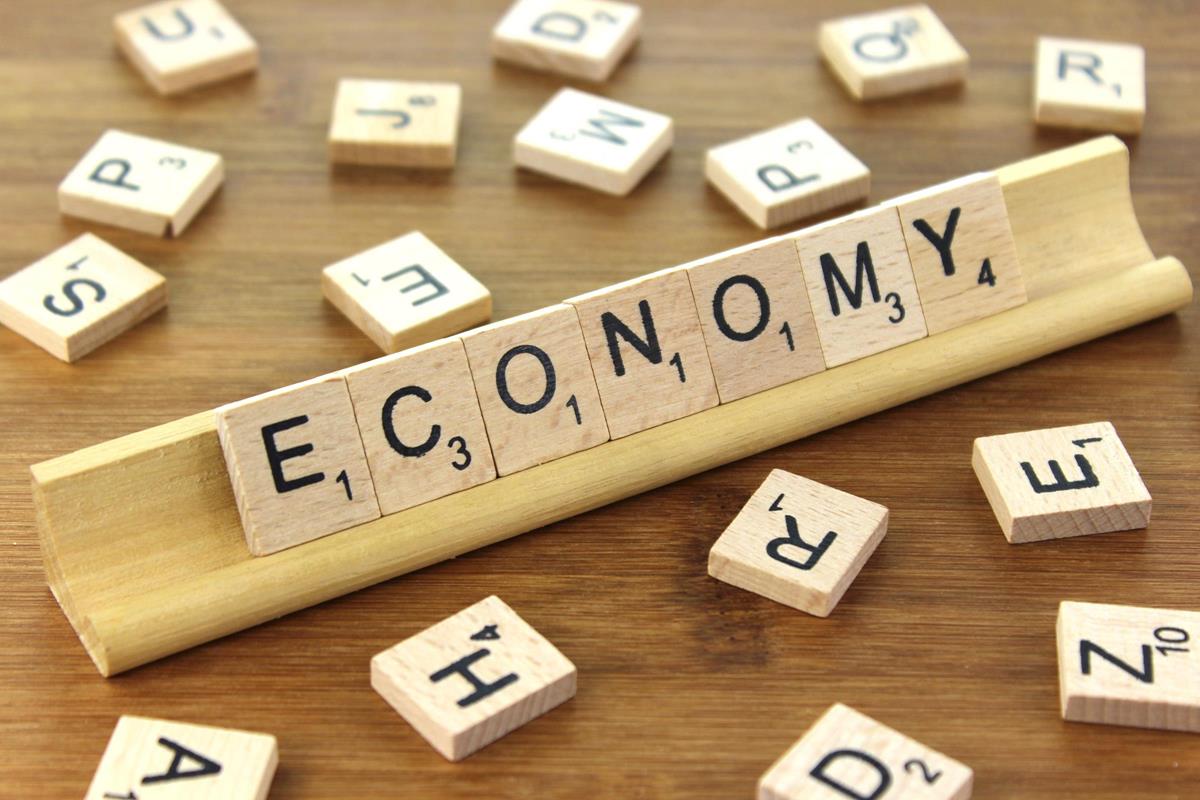Lets work together



Suite 3A, Chapel Allerton House, 114 Harrogate Road, Leeds, LS7 4NY
ukinfo@integrated-skills.com
+44 (0) 3300 888 670

A circular economy has many benefits, not the least of which is the reduction of emissions and higher availability of renewable or recyclable resources. However, considering that a linear economy has been the norm, some are saying there are many threats to adopting it. This does hold a lot of logic, as adopting a circular economy will require fundamental changes to the entire value chain. From the design and production processes of products to patterns of consumption and new business models, adopting a circular economy is something we are only really beginning to discover how to do.
So what are some of the things that pose a possible threat in 2017 to the circular economy concept?
Not Rethinking Energy Usage
Our current systems see many products being disposed of in landfill. This results in a high loss of residual energy, a small amount of which can be recouped via incineration or recycling. However, in stopping there, we are doing ourselves a great disservice and threatening a circular economy.
In the linear model, it’s the steps involved in extracting materials from the ground and converting them into a form that’s commercially-usable. However, in rethinking energy usage by adopting a system not so reliant on new materials being input for product manufacture, we can gain much greater benefit.
The Price of Natural Resources
A dramatic rise in the price of natural resources has been observed over the last 20 years. Currently, prices for food, non-food agricultural items, metals and energy are higher than at any other point in the last hundred years. This has caused unrest in some emerging economies, and these sustained high prices could pose a threat to the adoption of a circular economy in 2017.
Demographic Challenges
Two of the world’s largest countries by population, namely India and China, are each facing their own significant economic transition in the years to come. Each country took under 17 years to double their per-capita GDP. Not only that, but the incredible number of people who entered these growth periods could very well mean that up to 3 billion middle-class consumers will be on the scene by 2030. This incredible number of spenders entering the market will cause the demand on resources to spike dramatically, causing possible delays in the adoption of a circular economy.
Rapid Financial Market Integration
Globalised markets are becoming more the norm. However, this also means that a global impact is felt should something occur in a particular region. For example, Fukushima caused significant disruption to global supply chains. It isn’t likely that the trend will end any time soon; in fact, it may become even more of a problem as more thorough integration into global financial systems and value chains by emerging markets continues.
Climate Change
Climate change is causing changes in snow cover, which serves to alter the flows of streams and rivers. Glacial patterns are already changing, which is altering the global fresh water supply. All of these factors influence irrigation needs, patterns of erosion and requirements for flood management; impacting the overall supply of agricultural products. Although climate change can be overcome, it will not be overcome in time for next year, and so poses a definite threat to the circular economy.
Adopting a more circular business model will allow a far greater number of products to be redistributed, refurbished and reused. Moving in this direction will lead to many benefits for certain industries.
Despite the multitude of challenges that face the circular economy in 2017, many companies have begun taking the initiative to fight the negative effects of the linear economy. While this alone won’t be enough to ensure no lasting effects are felt, it is a first step toward a more sustainable way of life.
www.ukisl.com/en/
Would you like to know more about The Circular Economy: Threats In 2017? Fill in your details below and let us know how we can help.
Website Designed & Built by we are CODA